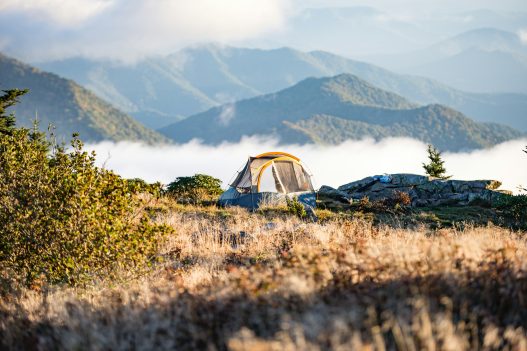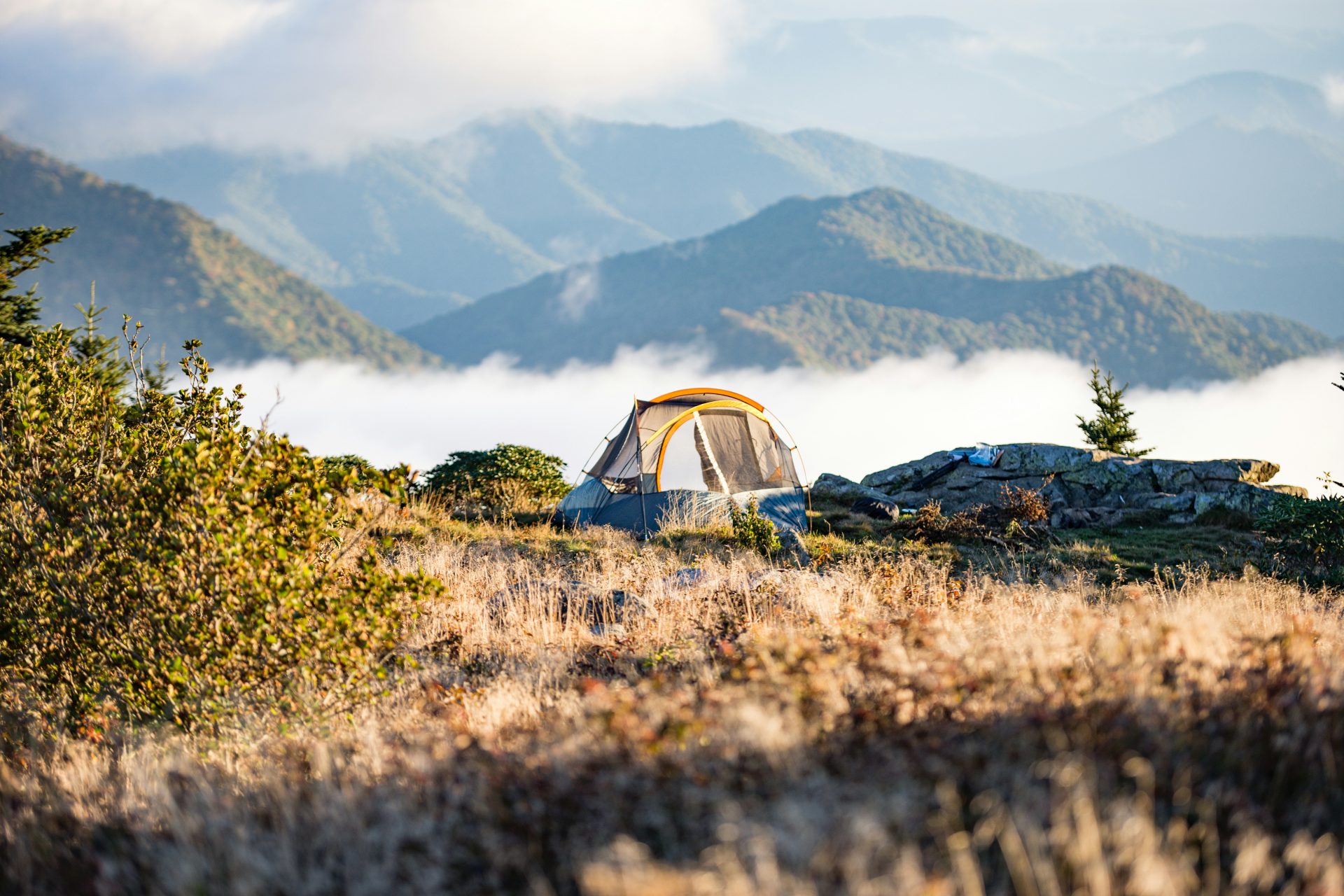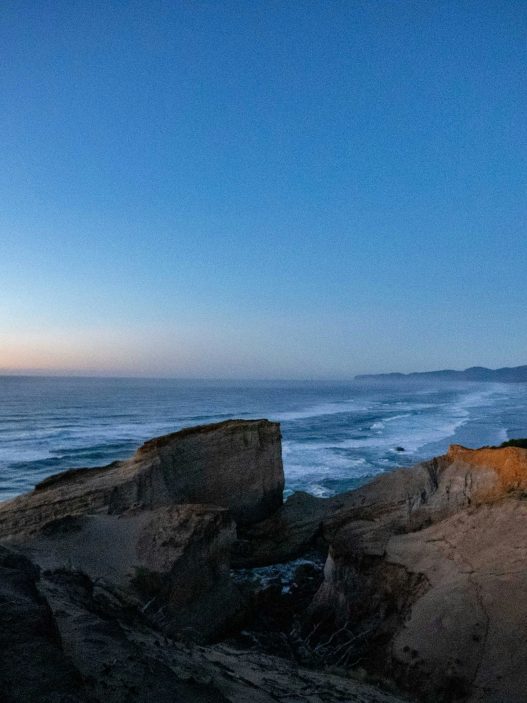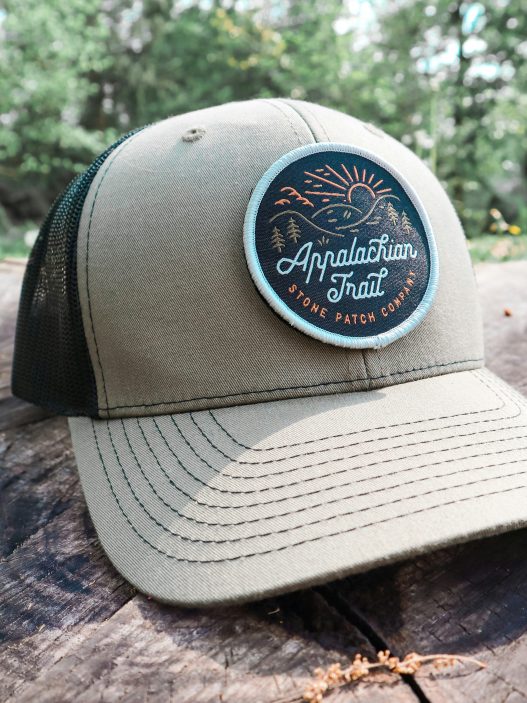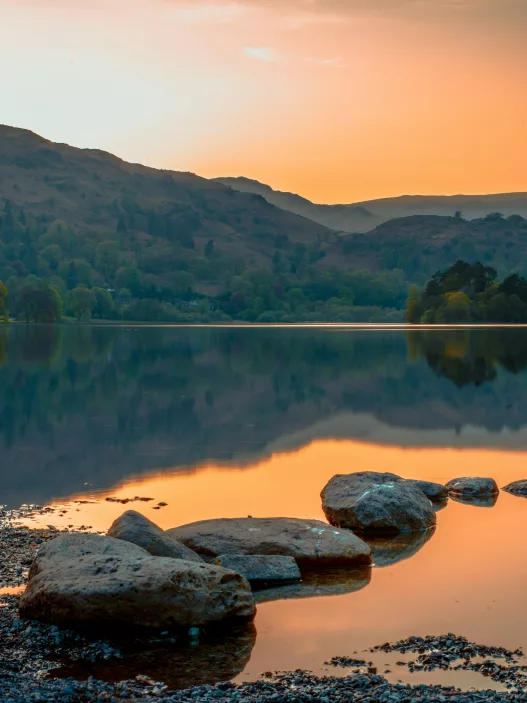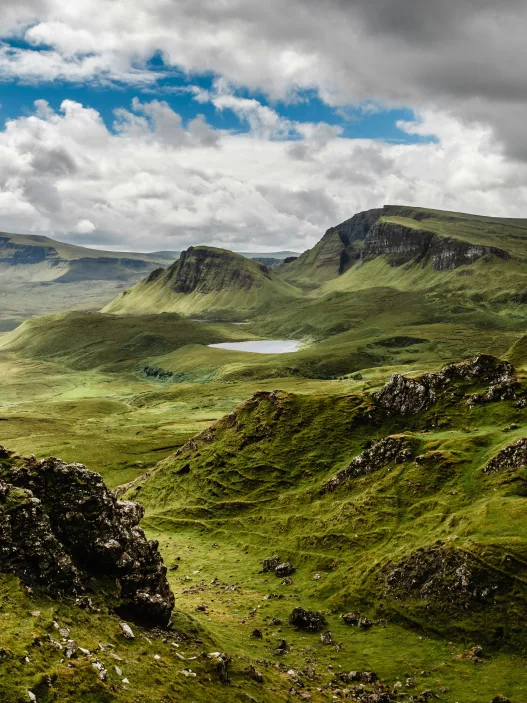Yellowstone National Park is a treasure trove of natural wonders, making it a premier destination for camping enthusiasts. The best camping spots in Yellowstone offer stunning vistas, access to unique geysers, and opportunities to observe diverse wildlife. Whether one seeks a family-friendly site or a more rugged experience, Yellowstone caters to all preferences.
Among the park’s many campsites, some stand out for their breathtaking locations and amenities. From the iconic Madison Campground, which serves as a gateway to thrilling activities, to the serene Slough Creek Campground, known for its excellent fishing, each spot provides a distinctive experience. Visitors are encouraged to plan ahead, as these sites can fill quickly during peak season.
Camping in Yellowstone is about more than just the scenery; it’s also a chance to connect with nature deeply. Campers can unwind beneath the stars, enjoy evenings by the campfire, and immerse themselves in the park’s unparalleled beauty. This blog post explores the top camping spots, ensuring every outdoor lover finds their perfect place to stay in Yellowstone.
Overview of Camping in Yellowstone
Camping in Yellowstone offers an unparalleled opportunity to immerse in stunning natural landscapes. The diverse options cater to different preferences, whether one seeks a back-to-basics experience or more family-friendly amenities.
Reasons to Camp in Yellowstone
Camping in Yellowstone provides direct access to diverse wildlife and geothermal wonders. Visitors can witness bison roaming freely, marvel at the vibrant colours of hot springs, and explore hiking trails that lead to spectacular viewpoints.
The immersive experience of camping allows for closer connection with nature. Nights bring the serenity of star-filled skies, and mornings often feature the sounds of wildlife awakening.
For many, camping also fosters a sense of community, with campgrounds often buzzing with fellow outdoor enthusiasts eager to share stories and experiences, creating lasting friendships and memories.
Types of Campsites
Yellowstone offers several types of campsites to accommodate various camping preferences.
-
Developed Campgrounds: These sites provide amenities such as picnic tables, fire rings, and restroom facilities. Reservations are recommended during peak season.
-
Backcountry Camping: For those seeking solitude, backcountry sites require permits and offer a more intimate experience with nature, often accessible via hiking trails.
-
Group Camping: Designated areas cater to larger parties and provide group facilities, perfect for family reunions or gatherings with friends.
Each camping type provides unique advantages, making it important for campers to select according to their needs and preferences.
Best Times to Visit
The best times to camp in Yellowstone largely depend on personal preferences and priorities.
-
Summer (June to August): This period is the most popular for camping. However, it can be crowded, and reservations are essential. Temperatures are warm, providing ideal conditions for outdoor activities.
-
Fall (September to October): Early fall offers fewer crowds, and the changing foliage adds breathtaking views. Wildlife activity is also high as animals prepare for winter.
-
Spring (April to May): This is a quieter time with fewer visitors. Wildlife is particularly active, and the landscape begins to bloom. Some campgrounds may not yet be open.
-
Winter (November to March): Winter camping is for the hardy and adventurous. Limited access might require snowshoes or skis.
Permit Requirements
Permit requirements vary depending on the type of camping.
-
Developed Campgrounds: Reservations are recommended, especially during the peak season. Fees are applicable for specific sites.
-
Backcountry Camping: A backcountry permit is mandatory, which can be obtained at ranger stations.
-
Wilderness Regulations: Campers must follow strict guidelines, such as camping at least 200 feet away from water sources and bringing bear-safe containers for food storage.
Understanding and adhering to these requirements will enhance safety and preserve the natural beauty of the park.
Recommended Camping Spots
Yellowstone National Park offers a variety of campgrounds that cater to different preferences and needs. Each location provides unique access to natural features, wildlife, and recreational activities.
Mammoth Hot Springs Campground
Mammoth Hot Springs Campground is situated near the park’s north entrance. This site offers easy access to the iconic hot springs and nearby historical sites.
The campground has 85 sites available for tents and RVs. Amenities include picnic tables and fire rings, enhancing the camping experience. It operates on a first-come, first-served basis, so early arrival is advisable.
Visitors can enjoy hiking trails in the vicinity, with options suitable for various skill levels. The spectacular views of the hot springs and vibrant mineral terraces make this a popular choice.
Slough Creek Campground
Located in the Lamar Valley, Slough Creek Campground is ideal for those looking to immerse themselves in nature. It features 30 sites, each offering a more secluded experience.
This campground is known for excellent fishing opportunities in Slough Creek, renowned for its cutthroat trout. Campers often spot bison, elk, and a variety of birds in the area, enhancing wildlife viewing.
It’s important to note that this site is quieter than others, appealing to those seeking solitude. The picturesque scenery and serene atmosphere contribute to a memorable camping experience.
Pebble Creek Campground
Pebble Creek Campground is primarily a tent-only site that accommodates 27 campsites. Located in the northeastern part of Yellowstone, it offers picturesque mountainous views.
Being closer to wildlife habitats, visitors can often see animals such as bison, deer, and bears nearby. The campground is favourite among anglers, thanks to excellent fishing options in the Soda Butte and Pebble Creek.
Amenities are limited, encouraging a more rustic experience. Campers appreciate the tranquility and the opportunity to connect with the surrounding wilderness.
Grant Village Campground
Grant Village Campground, located near the western shore of Yellowstone Lake, boasts 430 sites and a range of amenities. This campground is suitable for both tents and RVs, with facilities like running water and showers.
It serves as a great base for exploring Yellowstone Lake and the surrounding areas. Kayaking and boating opportunities are readily available, making this a favourite spot for water enthusiasts.
Wildlife sightings are common, with opportunities to spot otters and numerous bird species. The scenic landscapes and lake views offer picturesque backdrops for camping.
Madison Campground
Madison Campground is strategically located between Yellowstone’s popular areas, making it a convenient choice. It has 278 campsites and is accommodating for tents and RVs.
The proximity to the Madison River makes it an excellent spot for fishing and tubing. Campers enjoy easy access to notable attractions such as Old Faithful and the Grand Prismatic Spring.
Essential facilities, including restrooms and potable water, enhance the camping experience. Visitors often appreciate the vibrant atmosphere and additional recreational options in the nearby areas.


